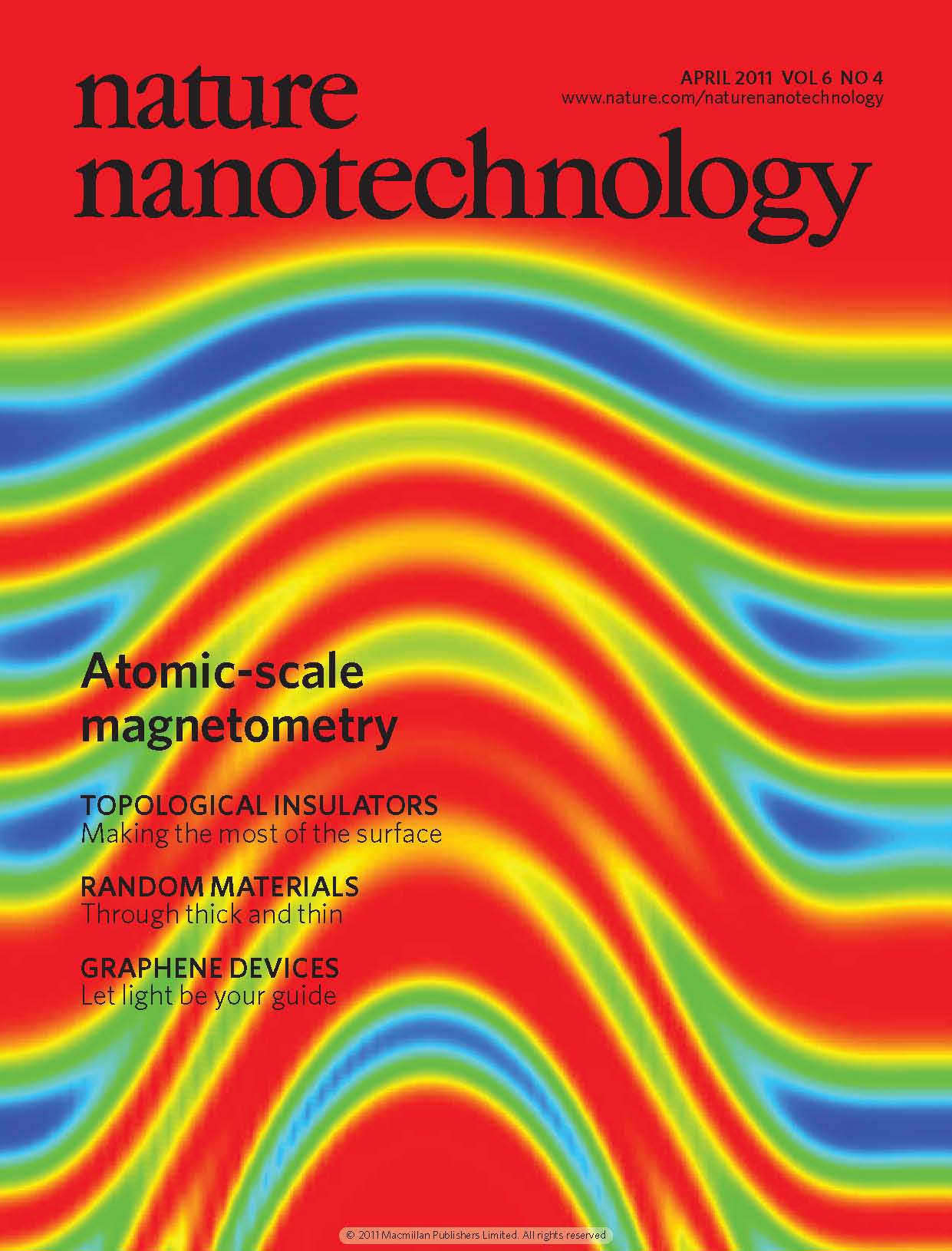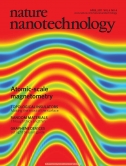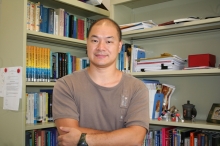CUHK
News Centre
CUHK Breakthrough in Quantum Science and Technology Research Makes Cover Story in Leading Journal
A research team led by Prof. Liu Ren-Bao from the Physics Department of The Chinese University of Hong Kong (CUHK) recently achieved another significant breakthrough in quantum science and technology. Professor Liu and his team developed a way to improve the sensitivity of nuclear magnetic resonance to the single-molecule level, helping to advance the development of quantum computers with exceptional computing capabilities. The research made cover story in the April issue of Nature Nanotechnology, the most influential journal in the field of nanotechnology.
Professor Liu remarked that CUHK has recently established the Center for Quantum Coherence to facilitate related research. He encourages innovative and ambitious young people to engage in the research of quantum science and technology to help bring about a quantum information era.
Over the past 60 years, scientists have been committed to the development of nuclear magnetic resonance technology which is now being extensively applied to medicine, biology, chemistry, materials science, physics, etc. A well-known example is magnetic resonance imaging which is used in the medical field. Nuclear magnetic resonance technology has profound impact on the development of science and technology, so much so that a total of five Nobel Prizes have been awarded to groundbreaking achievements related to this technology.
In the last 15 years, scientists have been striving to realize a grand vision of developing quantum computers which have super computing power through the use of nuclear magnetic resonance technology. However, nuclear compasses are extremely weak, and only a large amount of molecules can produce detectable signals. This limits the imaging resolution and makes large-scale nuclear spin quantum computing impossible. In view of this, it is an important issue in quantum science to push the sensitivity of nuclear magnetic resonance to single-molecule level to enhance imaging resolution to nanometer or even atomic scale, making the development of quantum computers possible.
The research led by Professor Liu provides a clue to the solution. In 2009, Professor Liu and his collaborators strategically applied microwave pulses to electron spins to prolong the lifespan of the state of quantum superposition. This is widely recognized as a great leap in quantum computing. The research was published in Nature and elected one of the Top 10 Science & Technology Progresses of China in the same year. They further discovered that, in high-purity diamond, electron spins of impurities have very long quantum-state lifetime and is therefore very sensitive to even an extremely weak magnetic field. The weak magnetic field fluctuations due to nuclear spins in a single molecule could induce large disturbances to the quantum state of impurity electron spins in diamond and generate fingerprint features of the molecules. The fingerprint features can be used to identify the structure of single molecules and the positions of nuclear spin pairs, and may help push the sensitivity of nuclear magnetic resonance to unprecedented atomic scale.





